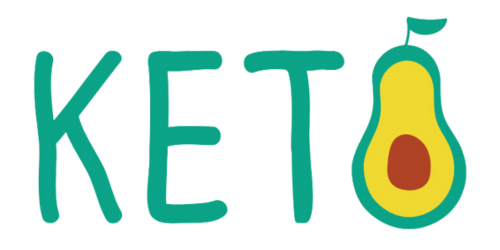The Mediterranean diet has been linked to several health advantages, including improved cognitive performance, heart health, blood sugar control, and even more.
Although there are no hard and fast rules for following the Mediterranean diet, many broad ideas may be incorporated into one’s everyday life.
What exactly is the Mediterranean diet?
The historical diets of the nations surrounding the Mediterranean Sea, such as France, Spain, Greece, and Italy, serve as the basis for the modern Mediterranean diet.
Scientists found that these individuals were remarkably healthy, with a minimal prevalence of most chronic diseases.
Key Points for following Mediterranean meal plan
1) Make your meals and ditch the packaged stuff.
2) Do your best to eat in accordance with the seasons and shop locally wherever possible.
3) Eat fish and pulses as your primary protein sources, with eggs and chicken as an additional option.
4) Whole grains and potatoes are your primary sources of fuel.
5) Include dairy products, especially cheese, in your daily diet (sheep and goat is best)
6) Consume red meat sparingly (and mix it in with other ingredients)
7) Indulge in a variety of veggies.
8) Use plenty of olive oil.
9) Rather than eating cakes and sweets all the time, try ending your meals with fresh fruit.
10) Consume copious amounts of water… and wine if you want.
7-day meal plan
Day 1
Breakfast
Greek yogurt parfait prepared with walnuts, fresh berries, and chia seeds
For added calories, add 1–2 ounces of almonds.
Lunch
Grain bowls with Greek chicken, olives, cucumbers, and red onions
Add hummus or avocado if you want to up the calorie count.
Dinner
Fish cooked and served with roasted potatoes and asparagus seasoned with garlic.
Day 2
Breakfast
Shakshuka, eggs are poached in a sauce made from tomatoes, olive oil, peppers, onions, and garlic and often flavored with cumin, paprika, and cayenne pepper.
Lunch
A huge green salad topped with fresh veggies, lentils, sunflower seeds, and grilled shrimp
Dinner
Chicken with roasted root vegetables and Brussels sprouts.
To make dinner more substantial, throw in an artichoke.
Day 3
Breakfast
Whether you like steel cut or rolled oats, top them with some sliced almonds, almond butter, and honey.
Lunch
Salad with Chickpeas and Farro from the Mediterranean
Dinner
Whole-wheat pasta topped with shrimp from the Mediterranean
Day 4
Breakfast
Fried egg and vegetable omelet with sliced avocado on whole wheat bread.
Put another egg on top of the bread if you need to increase the calorie content.
Lunch
Salad greens with baked salmon, red onion, feta cheese, quinoa, and fresh tomatoes.
Pita made with whole grains
Two ounces of hummus
Dinner
Vegan spinach and lentil soup with a kick
Day 5
Breakfast
Chia seed pudding with sliced fruit and almond butter.
Lunch
Greek salad and a white bean soup that was quite Mediterranean.
Dinner
Salmon in a Caprese quinoa salad with garlic and basil.
Day 6
Breakfast
The combination of nut butter and berries with overnight oats
Lunch
Mediterranean Buddha Bowl
Dinner
Roasted chicken with balsamic and veggies
Day 7
Breakfast
Poached egg on top of sweet potato hash for breakfast.
Lunch
Lentil and tuna salad
Dinner
Mediterranean Pasta
Conclusion:
Adhering to the Mediterranean diet requires permanent adjustments to one’s eating habits.
Generally speaking, a person should strive for a diet rich in natural foods, including lots of \svegetables, whole grains, and nutritious fats.
Consult a dietician if you’re not getting enough to eat on the plan. Those suggestions may include complementary or alternative meals that have been shown to promote satiety.

